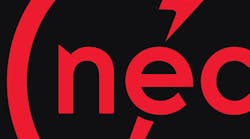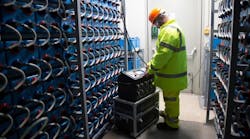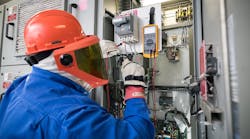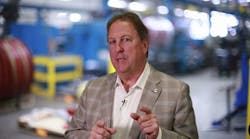The first four Chapters of the NEC apply to all installations, except as modified by Chapters 5, 6, 7, and 8. The requirements for wiring methods and materials are in Chapter 3.
Article 300 provides the basis for understanding and applying the Articles that follow it in this Chapter. With the 2014 NEC, the scope of Art. 300 was amended to include the “and materials” part.
What’s meant by “methods and materials” is the “stuff” you use to do the wiring. This includes conductors, raceways, boxes, fittings, cables, cable trays, and busways.
The Articles in Chapter 3 are grouped thematically. That is, you’ll find a sequence of them for tubing, a sequence for conduit, a sequence for cable types, and so on. This logical arrangement of “like things” being grouped together makes the Code easier to use. With Chapter 3, the grouping approach is especially helpful because there are so many wiring methods.
What if you want to use a wiring method that, despite its scope, Chapter 3 does not include? Only wiring methods recognized as suitable can be used [110.8]. Except as modified by Chapters 5 through 8 (and particularly Chapter 8), the recognized wiring methods are in Chapter 3.
Many of the Chapters include a subsection 10 “Uses Permitted” and subsection 12 “Uses Not Permitted.” This arrangement helps you efficiently and correctly decide on the proper wiring method for a specific application.




